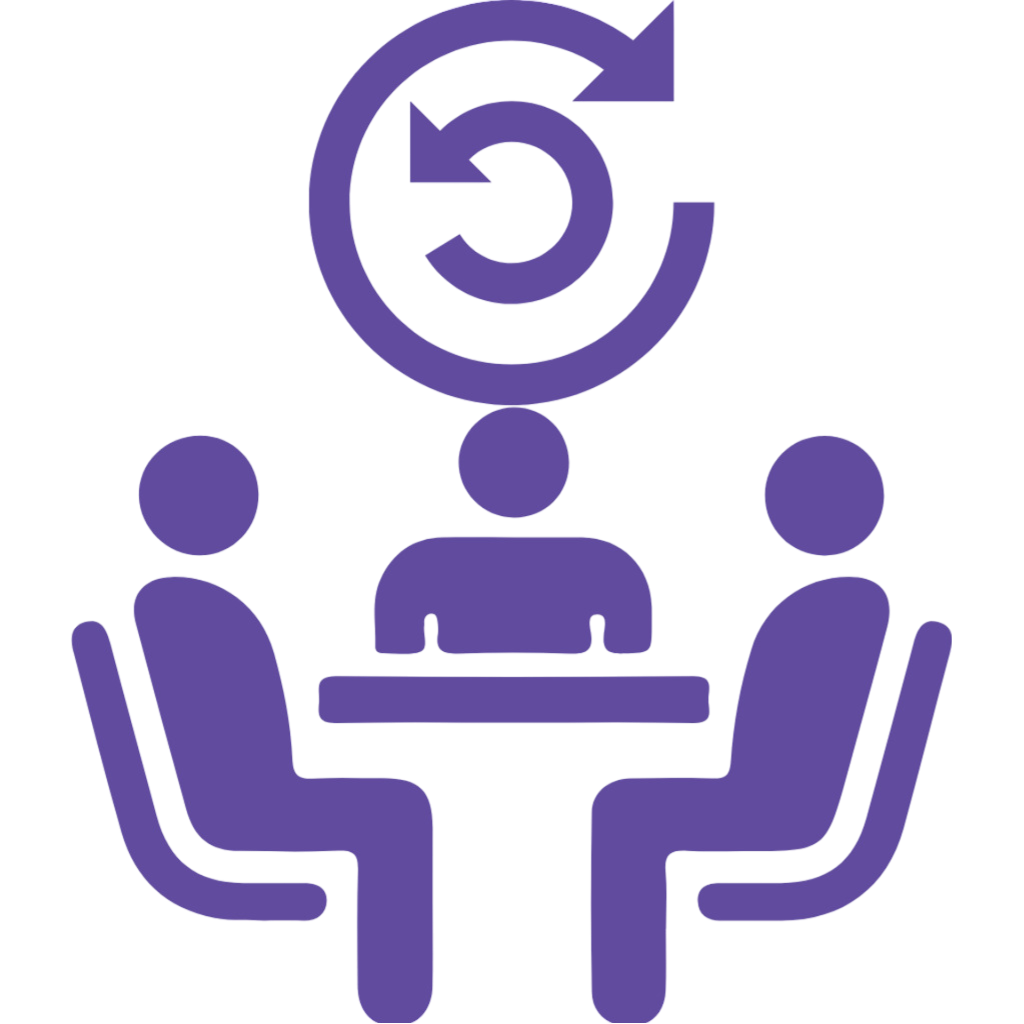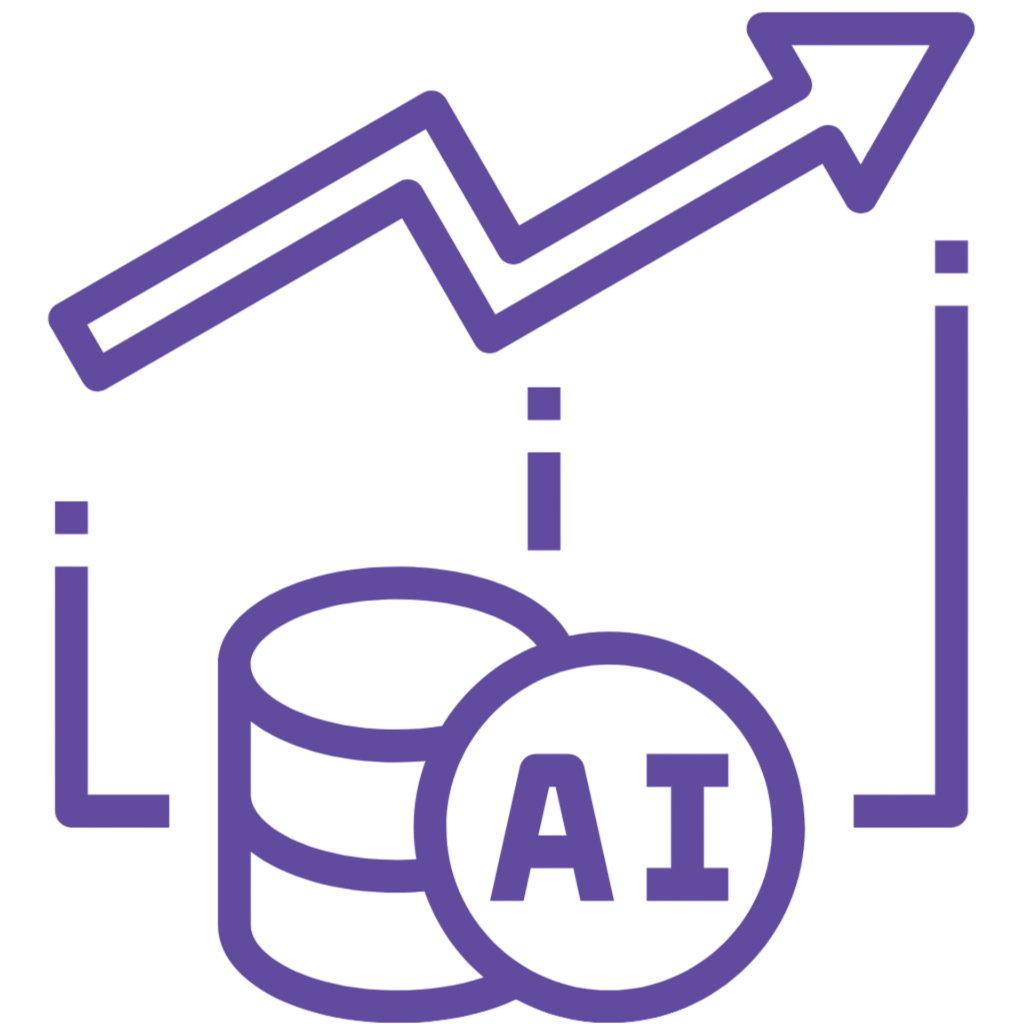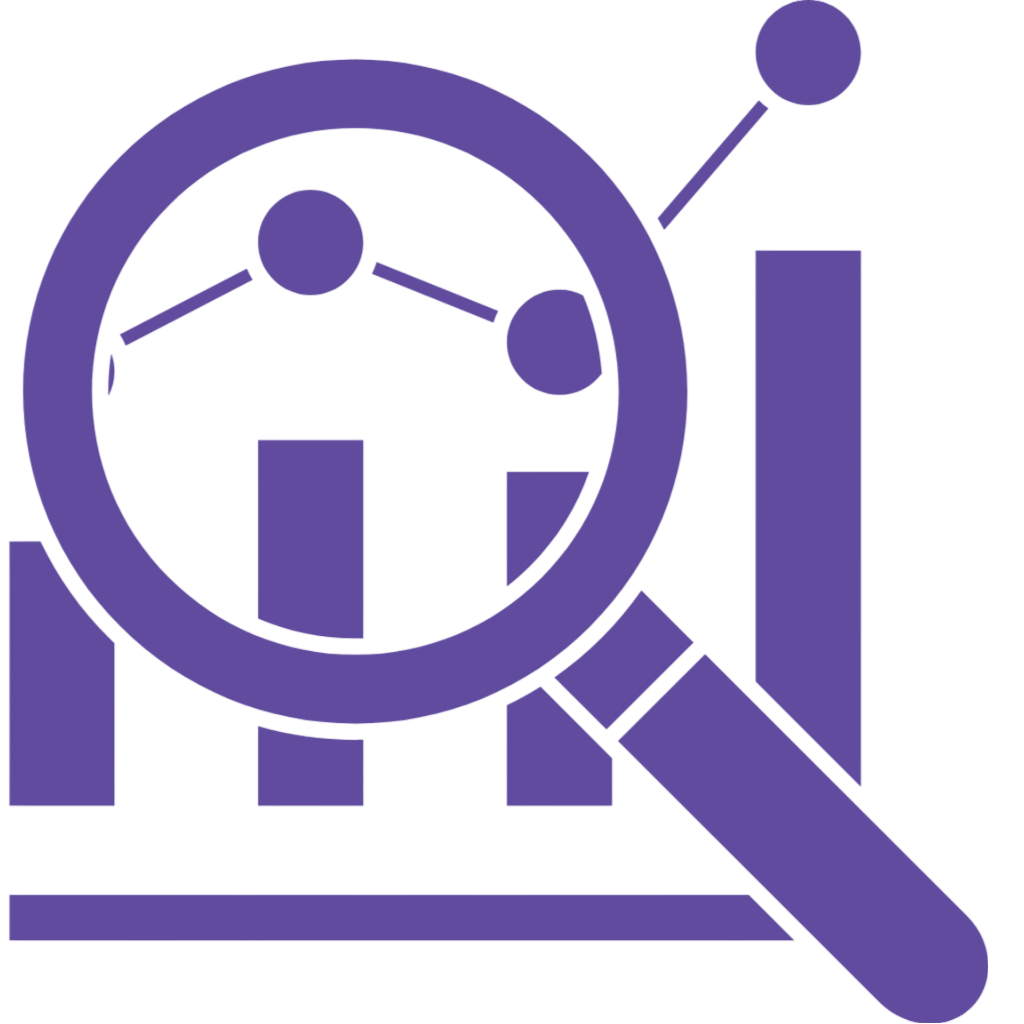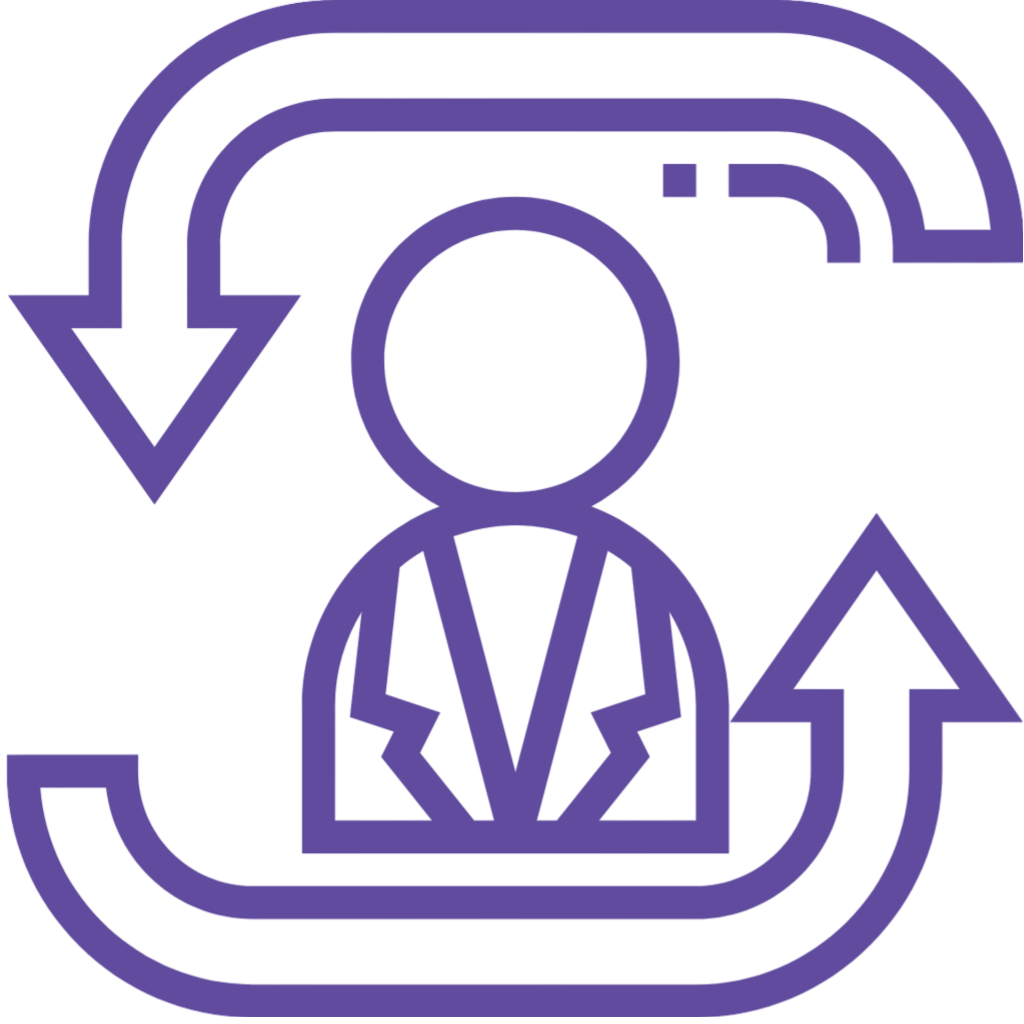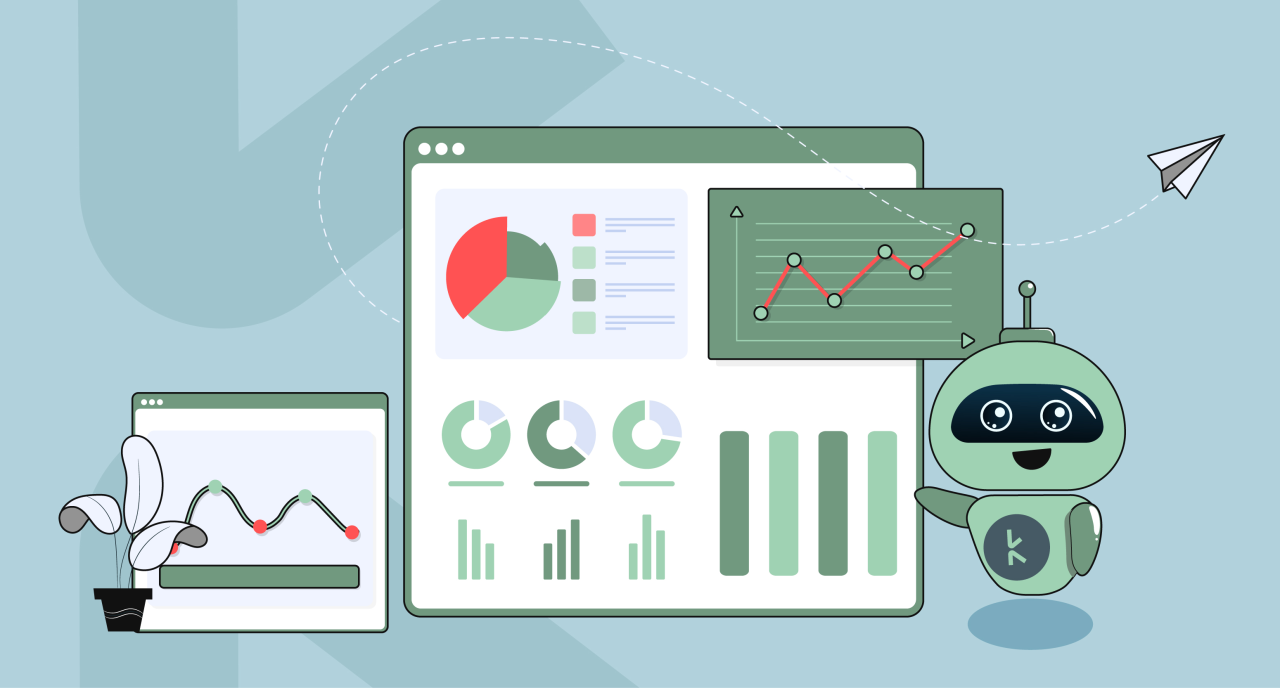In the complex and fast-paced world of software development, risks are inevitable. From unexpected delays to budget overruns and technical debt, these risks can derail even the most meticulously planned projects. Predictive analytics has emerged as a powerful tool for foreseeing and mitigating these risks. This blog explores how predictive analytics, particularly through platforms like Kine, can transform risk management in software development.
Understanding Predictive Analytics
Predictive analytics involves using historical data, statistical algorithms, and machine learning techniques to identify the likelihood of future outcomes. In software development, this means analyzing past project data to predict risks and outcomes for current projects.
1.Early Risk Identification
Predictive analytics allows teams to identify potential risks early in the development cycle. KINE, for instance, can analyze historical performance data to flag projects that are likely to experience delays, budget issues, or quality concerns.
2.Improved Resource Allocation
By predicting which areas of a project are likely to encounter problems, managers can allocate resources more effectively, ensuring that personnel and budget are directed where they are most needed.
3.Enhanced Decision Making
With data-driven insights at their disposal, project managers can make more informed decisions. Whether adjusting timelines, reallocating team members, or revising strategies, predictive analytics provides a solid basis for these critical decisions.
How KINE Enhances Risk Mitigation with Predictive Analytics
1. Real-Time Data Integration
Kine integrates real-time data from various sources within the development process, providing a holistic view of project health. This integration allows for more accurate predictions and timely interventions.
2. Customizable Risk Thresholds
Kine allows teams to set specific risk thresholds based on their unique parameters and past experiences. This customization improves the relevance and accuracy of risk predictions.
3. Automated Alerts
When potential risks are identified, Kine automatically alerts relevant stakeholders, ensuring that risks are addressed promptly and do not escalate into more significant issues.
4. Continuous Learning
Kine continually learns from new data, refining its predictive models to become more accurate over time. This learning process means that the system becomes better at identifying and mitigating risks the more it is used.
Predictive analytics represents a shift from reactive to proactive risk management in software development. By anticipating problems before they occur, teams can take preventive measures, thus saving time, reducing costs, and improving project outcomes.

